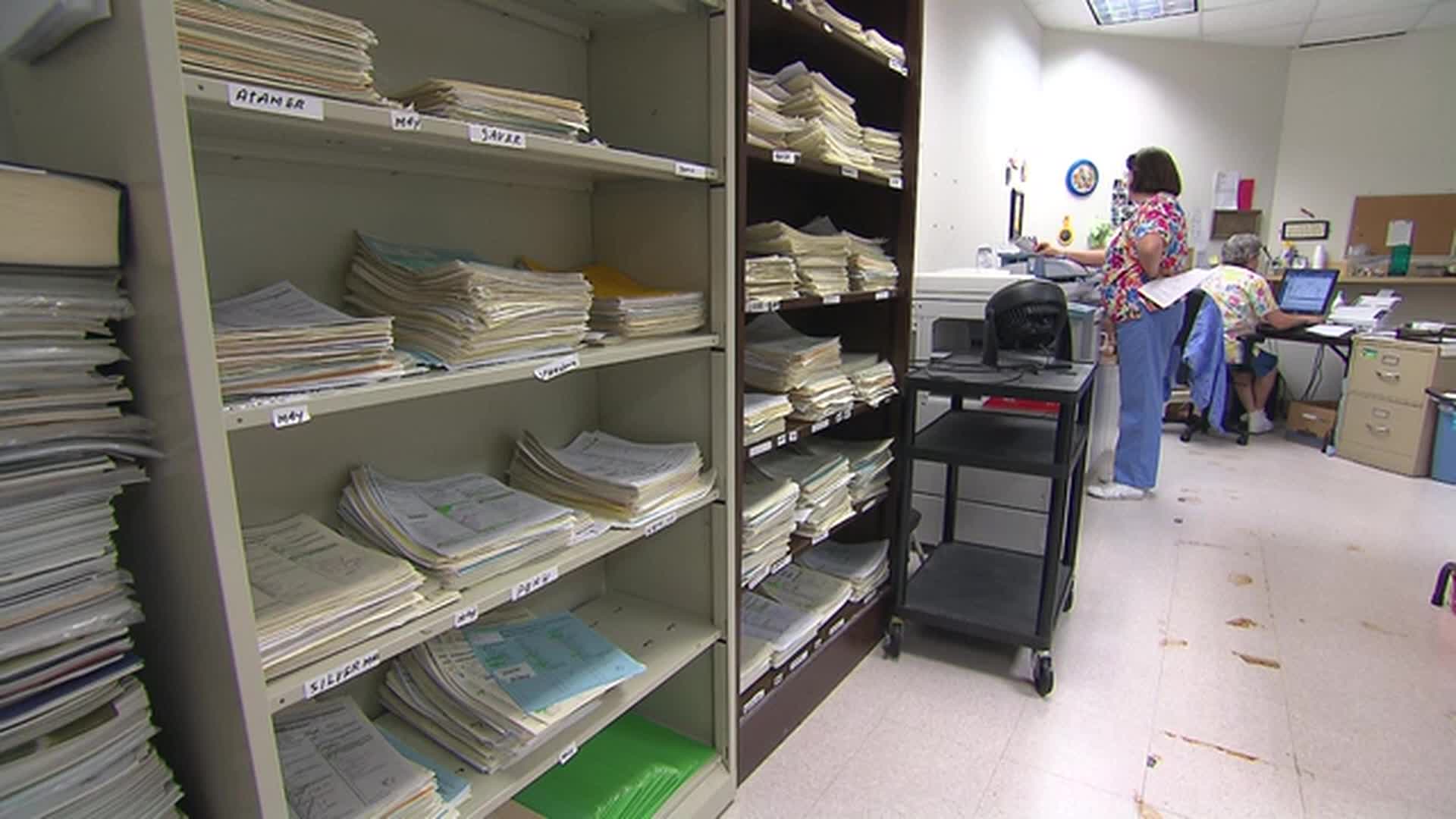President Donald Trump is considering issuing $2,000 tariff rebate checks to Americans as a way to offset rising costs, a move that has drawn both attention and scrutiny.
The proposal to issue $2,000 stimulus payments emerges as persistent inflationary forces continue to burden household finances throughout the United States. The Trump administration has characterized this initiative as a direct response to the escalating costs of essential commodities, a situation partially linked to duties imposed on imported goods. These payments are intended to offer prompt financial assistance, enabling families to manage the rising expenses associated with food, electronics, and various other consumer items.
White House officials have described the plan as a “direct support mechanism” for households impacted by trade policies, emphasizing that the goal is to alleviate the financial burden created by higher import costs. However, the proposal has yet to be formally detailed, leaving questions about eligibility, funding, and timing unanswered.
Economic Impact Assessment
Economic analysts hold differing views regarding the efficacy of these rebate checks. On the one hand, the direct distribution of cash could invigorate immediate consumer expenditure, potentially elevating retail figures and aiding the economy through phases of sluggish expansion. For families grappling with elevated costs, the receipt of a single payment could offer concrete assistance and enhance their available funds for crucial acquisitions.
Conversely, detractors contend that this initiative might fail to tackle the fundamental drivers of inflation, including interruptions in the supply chain, scarcity of workers, or fluctuating energy costs. Apprehensions exist that a rapid injection of funds could intensify price increases, possibly worsening inflationary patterns instead of alleviating them. Furthermore, the expense associated with issuing these payments—projected to amount to tens of billions of dollars—prompts inquiries regarding fiscal prudence and its potential effect on the national debt.
Eligibility and distribution questions
The specific criteria for eligibility for the suggested $2,000 payments are still undefined. Certain experts propose that these funds might be directed towards households with low to moderate incomes, as they are disproportionately impacted by increasing costs, whereas others believe the distribution could be widespread, mirroring earlier stimulus initiatives. Establishing the qualification standards, validation procedures, and disbursement mechanisms will be essential to guarantee the most effective delivery of these funds to individuals in need.
Historically, comparable refund programs, like the 2008 Economic Stimulus Act and the 2020 pandemic aid payments, utilized income limits and tax filing information to pinpoint eligible individuals. Although these initiatives offered immediate financial assistance, they also underscored implementation hurdles, such as slow distribution and obstacles in reaching communities with limited banking access.
Political implications
The proposal carries significant political weight, particularly in an election-year context. Advocates for the rebate argue that it demonstrates a commitment to supporting American families facing economic hardship, potentially strengthening public approval for the administration. It also aligns with Trump’s broader messaging on trade, highlighting efforts to mitigate the impact of tariffs on domestic consumers.
Conversely, critics warn that deploying public money to mitigate the fallout from trade policies could be perceived as a temporary solution that sidesteps fundamental economic problems. Certain legislators have voiced worries that the proposal might unduly favor affluent households or major businesses, contingent on the design of the eligibility criteria. Congressional discussions regarding financing and approval will probably determine the ultimate viability of the undertaking.
Rebate check historical background
The United States has a history of using direct cash payments to households during periods of economic stress. Previous examples include the Economic Stimulus Act of 2008, which provided rebates of up to $600 for individuals and $1,200 for couples, and the multiple rounds of COVID-19 relief payments in 2020 and 2021. These programs were designed to quickly inject money into the economy, supporting consumer spending and stabilizing demand.
While past programs offer lessons in implementation, the proposed tariff rebate has a distinct motivation: compensating consumers for costs incurred due to trade policies rather than broader economic crises. This focus highlights the unique intersection of trade policy, domestic consumer protection, and fiscal policy that the administration is attempting to navigate.
Potential challenges and risks
Several logistical and policy challenges could arise from issuing $2,000 tariff rebate checks. First, the sheer scale of the program would require careful planning to avoid delays or errors in distribution. Second, there is the question of funding: whether the payments would be financed through federal borrowing, reallocation of existing resources, or a combination of approaches. Finally, the administration must consider the broader economic implications, including the possibility that rebates could temporarily boost demand, putting upward pressure on prices.
Economic analysts also note that rebates may provide temporary relief but do not resolve underlying inflationary pressures. Trade policy adjustments, supply chain improvements, and targeted fiscal measures may be necessary to ensure that the benefits of rebates are sustained over time. Without accompanying structural reforms, critics argue, cash payments may serve as a stopgap rather than a long-term solution.
Public Response and Anticipations
Initial reactions from the public have been mixed. Some consumers welcome the potential for immediate financial support, viewing the rebate as a way to offset rising grocery bills, energy costs, and everyday expenses. Others express skepticism, questioning whether the payments will be sufficient or if they will arrive in time to meaningfully address financial pressures.
Market responses have also been cautious. Financial analysts note that while consumer spending could see a temporary boost, long-term economic outcomes will depend on broader macroeconomic trends, including interest rates, global trade dynamics, and domestic fiscal policy.
Harmonizing immediate aid with enduring objectives
The $2,000 tariff rebate proposal underscores the ongoing challenge of balancing immediate economic relief with sustainable fiscal policy. While cash payments can offer temporary support to households grappling with inflation, experts caution that such measures are not a substitute for comprehensive economic strategies addressing supply chains, trade policies, and systemic inflation drivers.
As the administration explores the feasibility of issuing these rebate checks, lawmakers, economists, and the public will closely monitor the initiative’s design and potential impact. The ultimate success of the program will depend not only on its ability to deliver funds efficiently but also on how it integrates with broader policies aimed at stabilizing prices and supporting long-term economic growth.
For citizens of the United States grappling with escalating expenses, the suggested $2,000 refund offers both a chance for prompt financial alleviation and highlights the intricate challenges involved in combating inflation via direct monetary disbursements.




